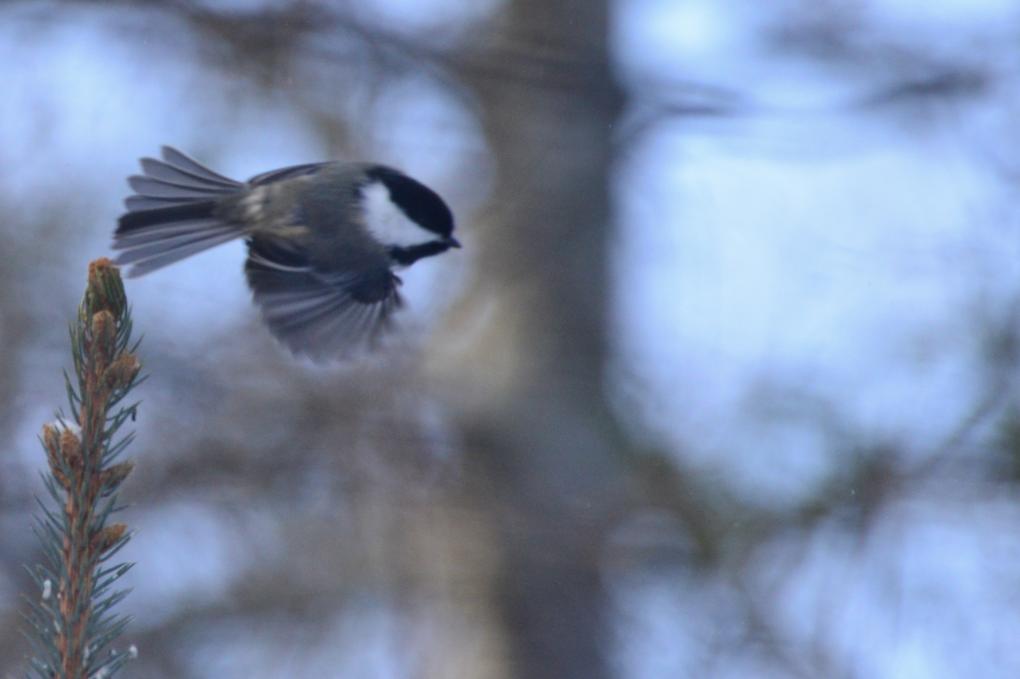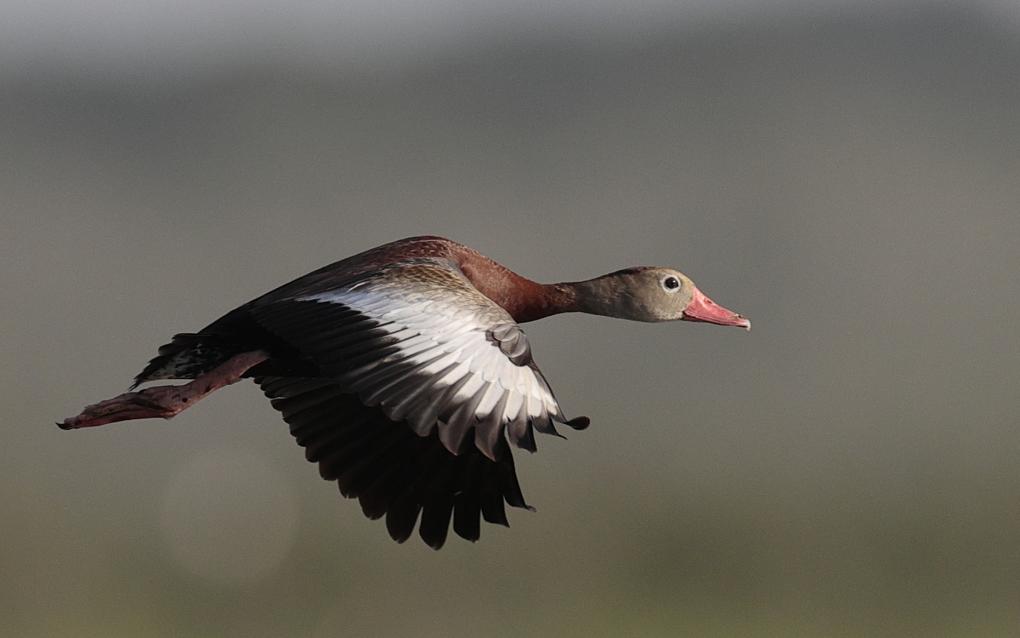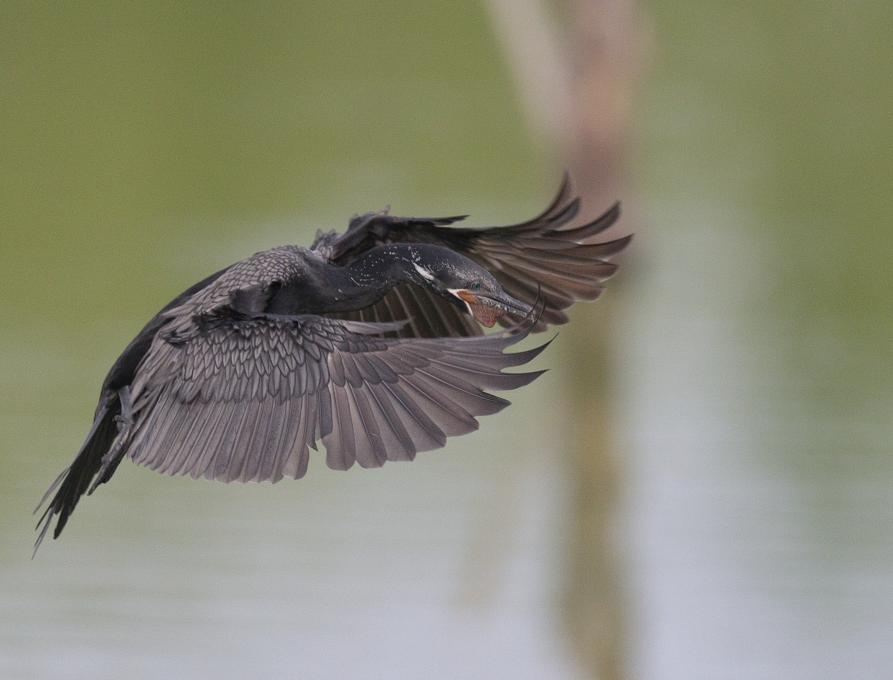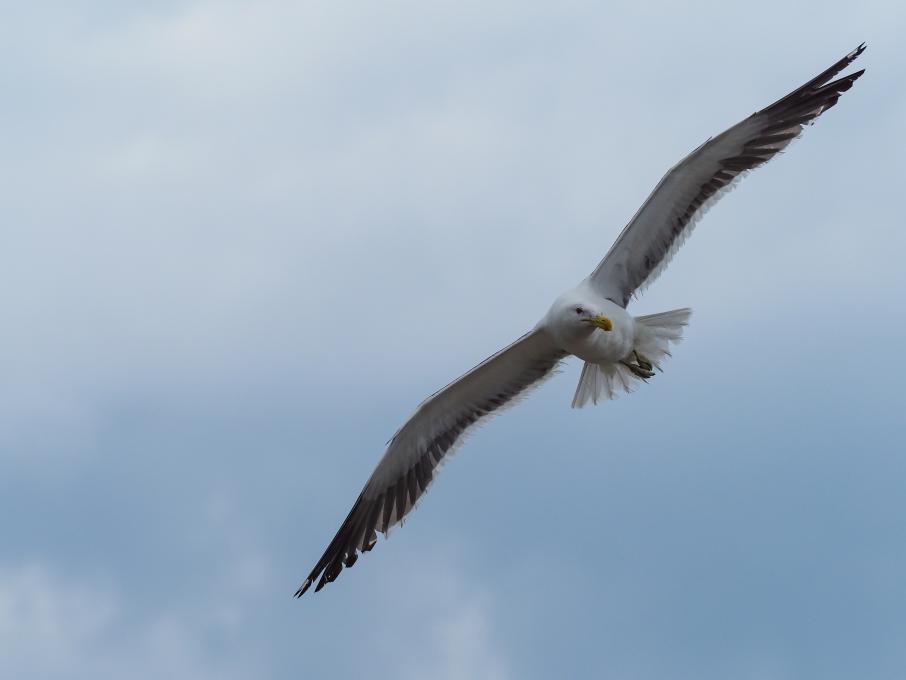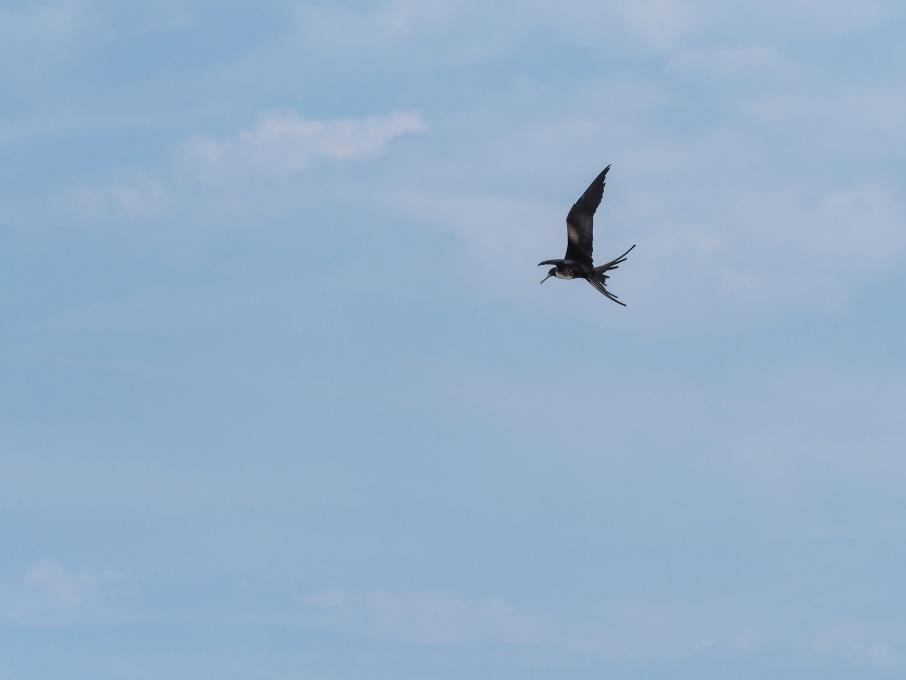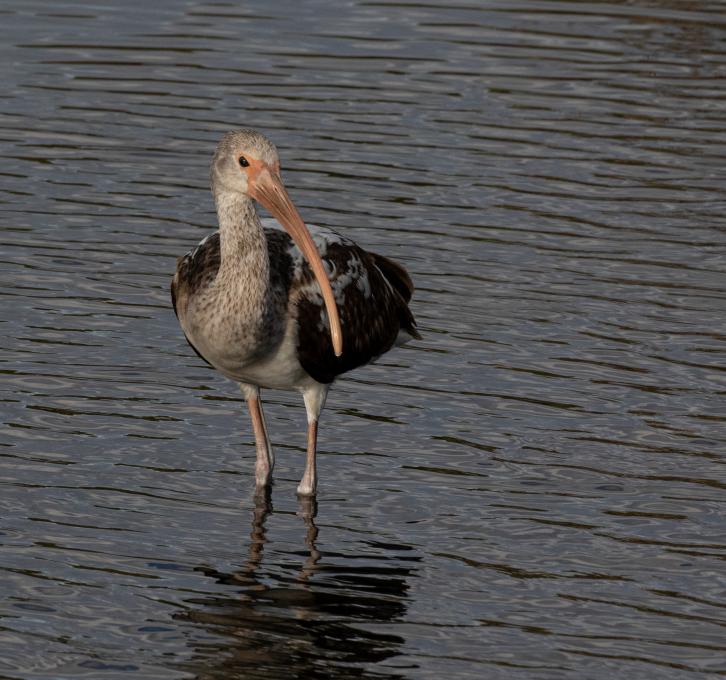The Cornell Lab Bird Academy › Discussion Groups › Bird Photography with Melissa Groo › Practice Capturing Birds in Flight
-
Bird AcademyBird AcademyHow is your practice with photographing birds in flight going? Share comments, questions, and photos below.You must be enrolled in the course to reply to this topic.
-
 Went to Seabeck where the bald eagles always gather in Spring! :)
Went to Seabeck where the bald eagles always gather in Spring! :) -
Birds in flight is not easy especially when you have only a few second to react. This Black Vulture came from my left and I had only a few second to react before it disappears. Three shots and I think they came quite nice. Interesting lights and clear view of it face.



-
Photos of birds in flight are still difficult for me, I have already tried several times and most of the time the photos are not sharp. I will continue to put into practice the advice given by Mélissa in this course to improve my skills. Here is a Eurasian Jay, which I was able to photograph in flight although the photos are not of good quality.



-
These photos are all from a couple of years ago, when my camera was brand new, and I was just happily clicking away at the birds visiting my feeder. I was quite astonished to discover the amazing ways that birds use their wings and tails when flying, taking off, or landing... which you can't see when watching with the naked eye. Also they reveal beautiful feather patterns that are not visible when they are at perching. (All photos are slightly blurry, shot through double-paned glass. How come I never thought to open the door?)


 After this course, I will try to be more intentional in my photographing.
After this course, I will try to be more intentional in my photographing. -
I was on the beach near our house. A number of gulls were on the sand, coming and going. This one was coming in for a landing. I had my camera on manual, 1.3250 sec, f 8.0, auto ISO.

-
There are still Canada geese and other northern shorebirds migrating through our area, but every day fewer and fewer. And taking photographs of birds in flight is a challenge! I have to understand the direction of the wind and the sun and where I can take my photographs without being blocked by bushes or getting my feet wet. Never mind having to know my birds too! I totally enjoy this challenge outside in the wild world, or fairly wild world. Here is one of my shots of the Canada geese. As well, I had this shot of an American tree sparrow which I edited twice. Once with the background with too much contrast and saturation and the second time when I held back the background that worked better.



-
I went to the beach near my house in Santa Cruz CA just before sunset. The was a flock of over 100 sanderlings and I positioned myself so that they were front lit as they ran in and out with the waves. When they were disturbed by a dog they flew past me on the ocean side at eye level. giving me opportunity to photograph front lit, side lit, and back lit. This happened more than once so I was able to try different camera settings. The first and third were shot at 1/1000 at F18 while the second was shot at 1/2000 at F8. Stopping down from my usual wide open 600mm F4 helps to capture the whole flock but also shows the ocean context. Next time I will try 1/1000 at F11. De-noising was applied.



-
Those are great! Great light, exciting compositions.
-
-


-

-
Slowly getting better at this.

-

-

-
This White banded Kingfisher was fishing in a nearby pond when after multiple tries I got this shot. Front and side lit with pleasing details of the wings. Left space in the direction of flight and positioned picture in the left upper third of the frame. Wish I didn't have the cluttered wooded background but it shows its habitat.

-
Tried to take pictures of backlit Seagulls and this is the best I could come up with. The eye could have been sharper. Its so hard to focus and get a sharp image-practicing,
 practicing and practicing.
practicing and practicing. -
I share this photograph of Short-eared Owl in Colombia.

-
First, an osprey I lucked into. I like how he seems to be eyeing me. Then a Snowy egret--there was some dispute as to whether this was an immature little blue or a snowy, so I wanted to get a shot of the wingtips. Finally, a stilt sandpiper taken at some distance and severely cropped. Still, decent detail. All taken before I received the gift of this course. But a satisfying shot. Can't wait to get out to apply some of what I've learned!



-
 While unintentional at the time, I really was drawn to how oblivious the grounded pelicans were to their incoming colleague. I also liked the multiple angles that the beaks were displayed as part of preening. This is a cropped version of the broader picture. It was a single exposure actually. Two things I would do differently is 1)to shoot in continuous mode to perhaps get the bill in a slightly less overlap-with-body position and 2)use a slighly smaller aperature to get a greater depth of field so that focus is a bit sharper for more of the bird(s). Shot with a 200-500mm Nikon zoom.
While unintentional at the time, I really was drawn to how oblivious the grounded pelicans were to their incoming colleague. I also liked the multiple angles that the beaks were displayed as part of preening. This is a cropped version of the broader picture. It was a single exposure actually. Two things I would do differently is 1)to shoot in continuous mode to perhaps get the bill in a slightly less overlap-with-body position and 2)use a slighly smaller aperature to get a greater depth of field so that focus is a bit sharper for more of the bird(s). Shot with a 200-500mm Nikon zoom. -
Capturing good photos of birds in flight is just as challenging as promised! I’ve been feeling the limitations of my gear with this lesson in particular, but the practice is worthwhile. There was a realization for me that you just constantly have to be shooting, and you don’t really know if you got a good shot until after the fact. A couple of my shots below: 1) An Allen’s Hummingbird while feeding. Despite their speed, I’ve found hummingbirds are a good opportunity for BIF shots since they’re so often in flight and hover, as opposed to other birds that fly in bursts that can be harder to predict. 2) I’ve found a lake where there are almost always swallows flying over the water. These birds feel like the hardest level setting with the way they zip around over the surface of the water! My gear makes it almost impossible to get a bird standing out from a creamy out-of-focus background in these circumstances, and the overcast day made my shot extremely dark. But I’m happy to have captured this moment where the Barn Swallow’s wing touched the water.


-
What a perfectly posed hummingbird <3
-
-

 A couple of weeks ago, I visited letchworth state park in NY. Early one morning I went out, and there were a bunch of turkey vultures flying around near the dam. So, I figured, let me practice taking shots of them in flight. Since they glide on the wind most of the time, they are not too difficult to follow with the camera, as opposed to hummingbirds, which I tried capturing in flight yesterday. I think the photos came out pretty good, but could definitely be better. Photographing birds in flight is difficult, since you have to follow them with your camera, and also make sure the settings you want are correct to as you are moving around the landscape.
A couple of weeks ago, I visited letchworth state park in NY. Early one morning I went out, and there were a bunch of turkey vultures flying around near the dam. So, I figured, let me practice taking shots of them in flight. Since they glide on the wind most of the time, they are not too difficult to follow with the camera, as opposed to hummingbirds, which I tried capturing in flight yesterday. I think the photos came out pretty good, but could definitely be better. Photographing birds in flight is difficult, since you have to follow them with your camera, and also make sure the settings you want are correct to as you are moving around the landscape. -
 Female Cinnamon Teal coming in for a landing.
Female Cinnamon Teal coming in for a landing. -
Beautiful shot with the reflection!
-
-

-
All of the the images shared here are from earlier in the season. I am spending more time observing birds these days and even tend to leave the camera at home recently in favor of the spotting scope. Hope to grab better versions of these images next season. The first 3 images are with a DSLR. A mirrorless camera with Auto eye AF simplifies birds in flight photography by tracking the birds eye automatically when the conditions are right. 1) Black bellied whistling duck. 2) Magnificent frigate birds. Not a very clear image and the birds were a fair distance away. This is a crop from a 1200mm (600 with 2x extender) image from a full frame sensor. These birds usually glide majestically over the water with barely a wing beat. When I observed both these birds performing high speed maneuvers, I took a few pictures. 3) Neotropic cormorant about to land. Again not a critically sharp image but it is a cool image.



-
no. 1) you really nailed it, with everything she said to strive for! no. 2) a really elegant, beautiful composition
-
-
I did two things - spent the afternoon trying to calibrate my shutter speed and aperture to catch bananaquits and swallow tailed hummers flying up to our balcony feeder, and the next day spent the morning at the beach. I went to my brown booby sit spot.. and found only gulls. I'm really grateful for the pointers and the prompt to practice because this is HARD. My success rate was ~1%, lots of swings and misses. I'm going to keep trying because I really want to get some good hawk and macaw in flight photos next year. Hummer fail - so close and I was so bummed because it would have been a cool shot had I not missed part of the beak. Gull in flight. Magnificent frigatebird (f) making great shapes.



-

Read More:
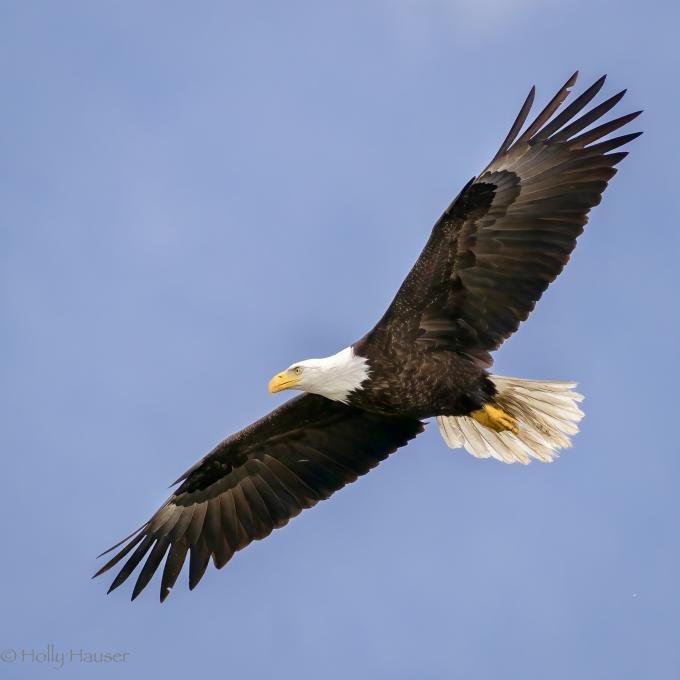 Went to Seabeck where the bald eagles always gather in Spring! :)
Went to Seabeck where the bald eagles always gather in Spring! :) 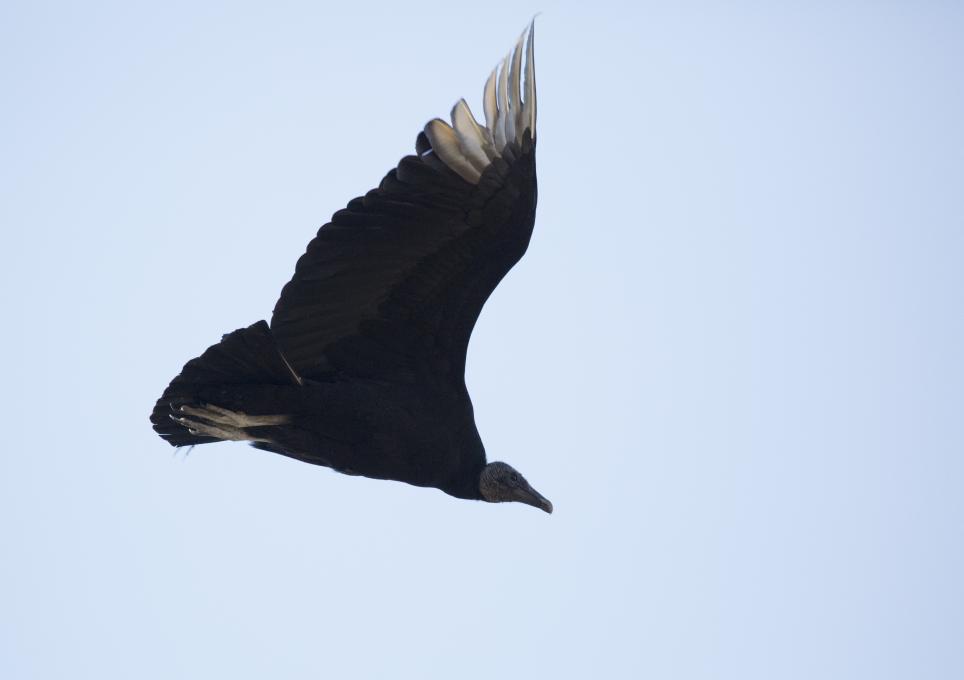
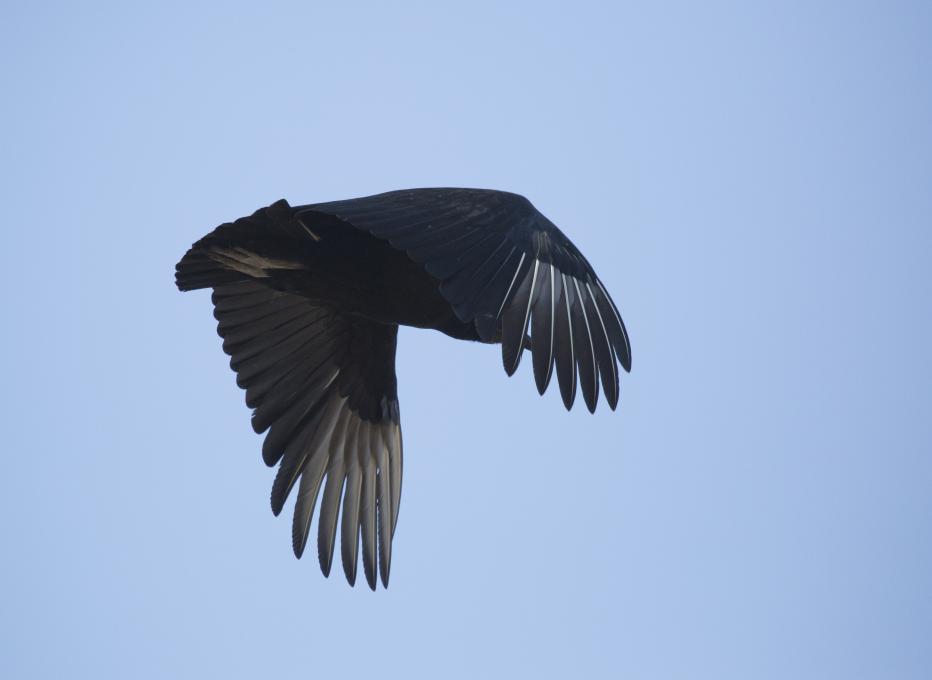

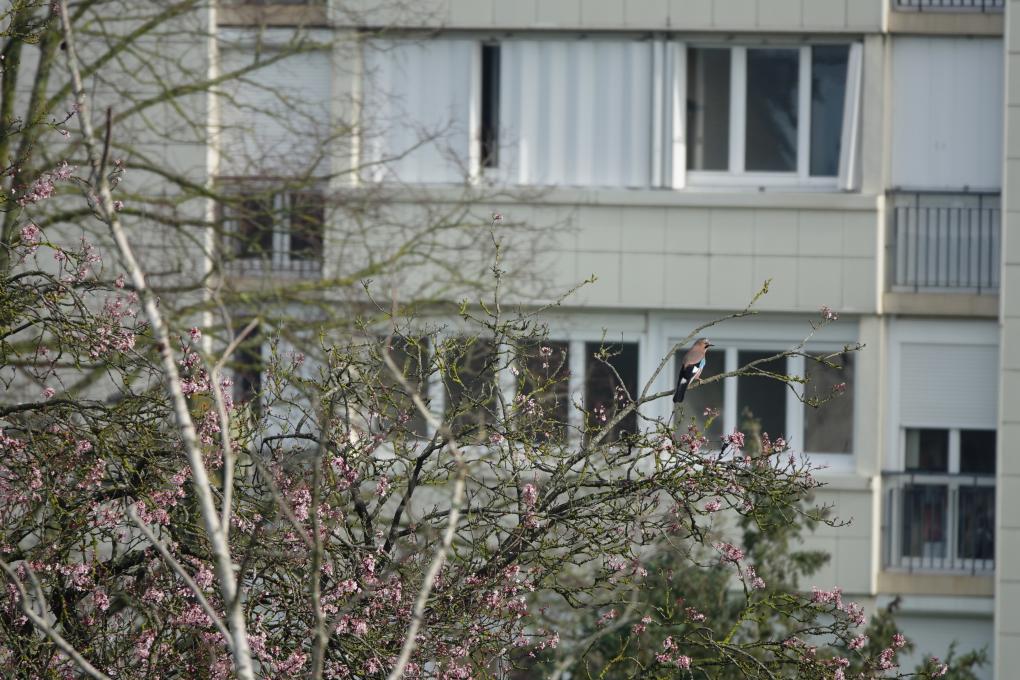
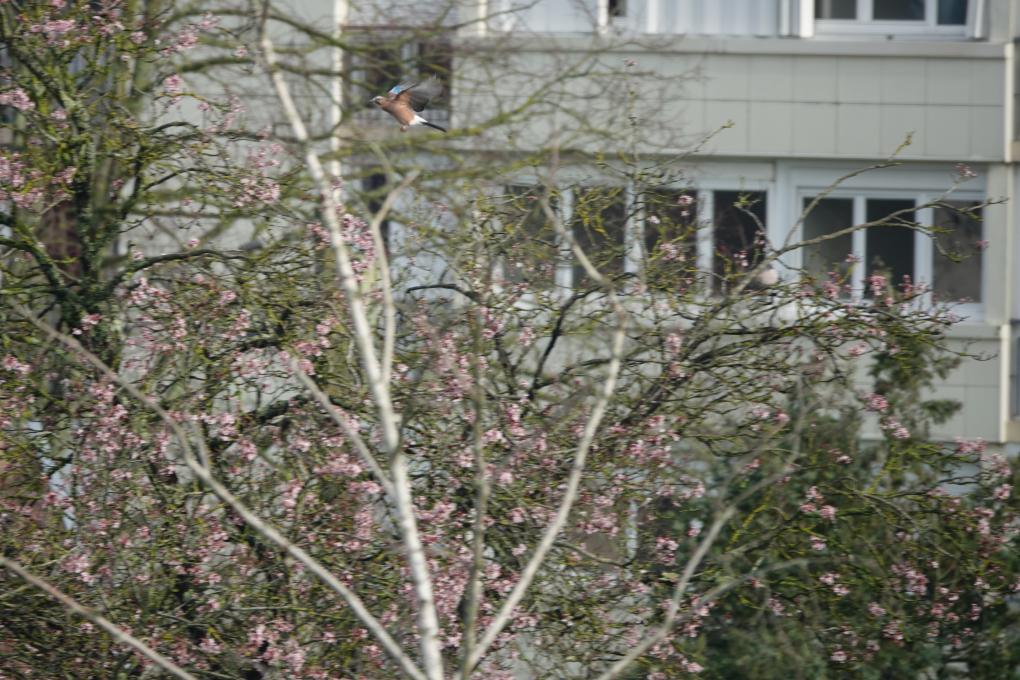
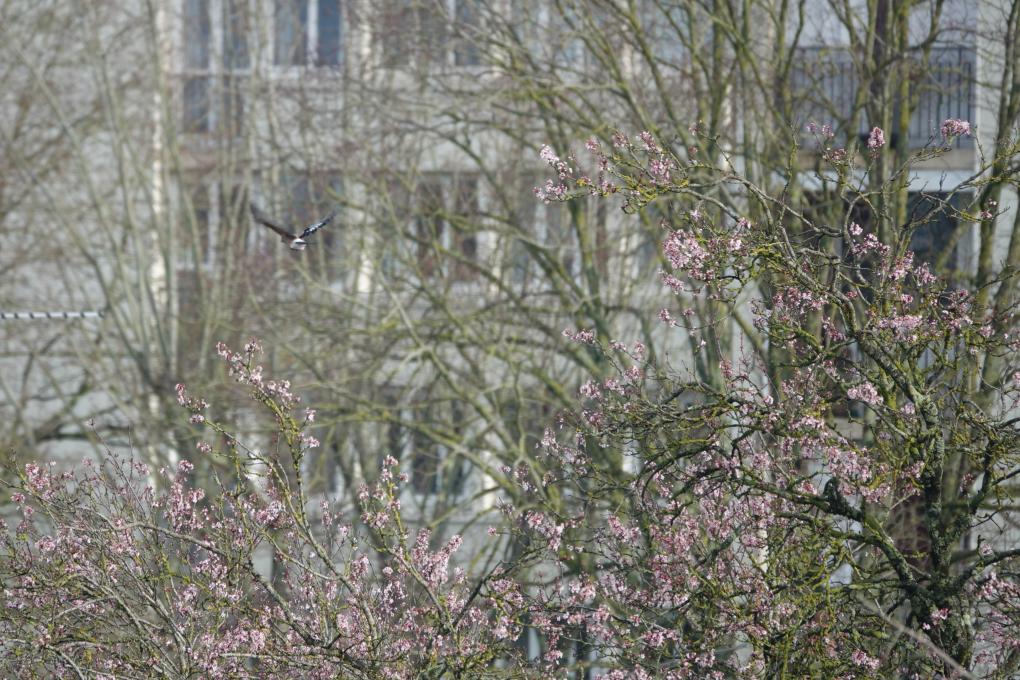
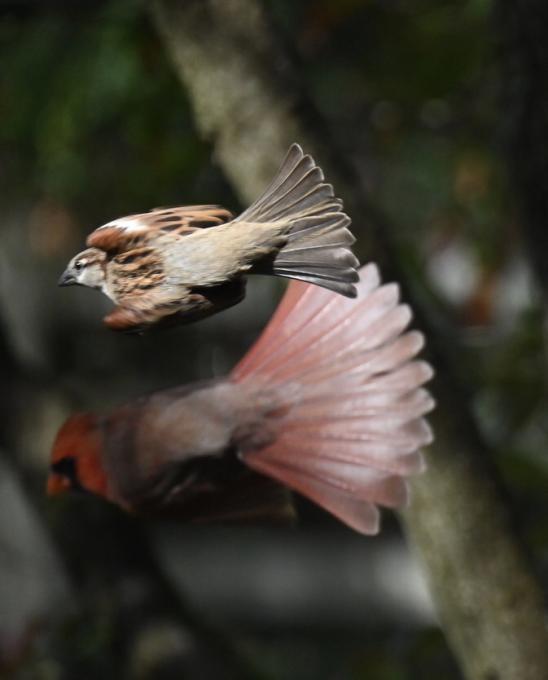
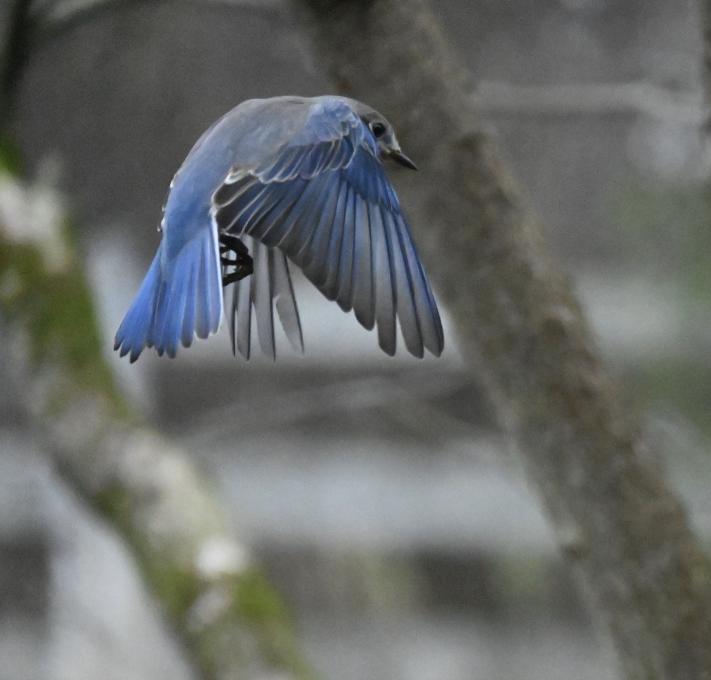
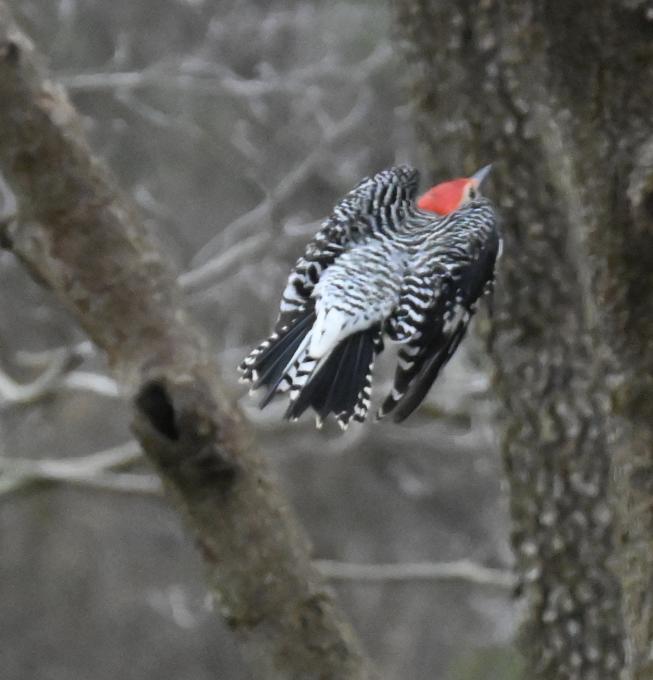 After this course, I will try to be more intentional in my photographing.
After this course, I will try to be more intentional in my photographing. 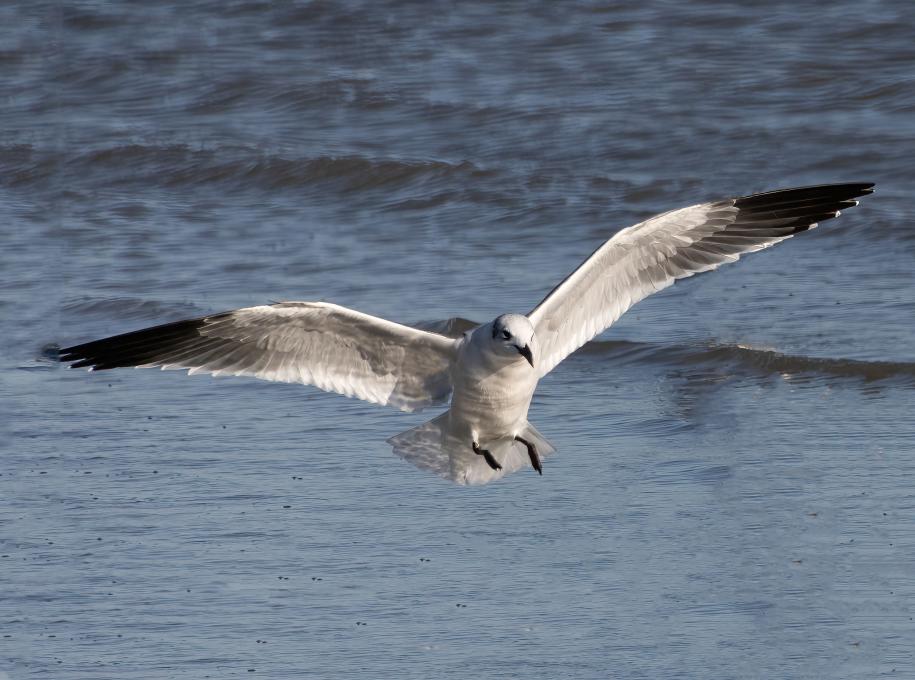
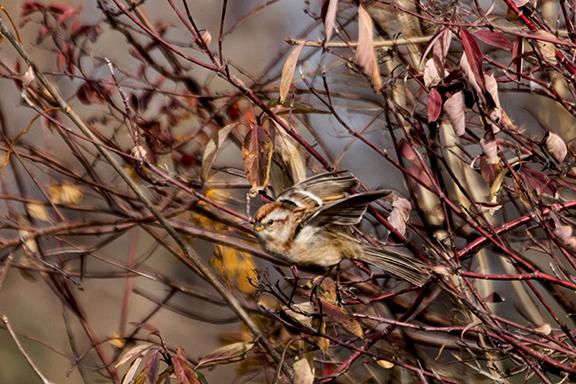
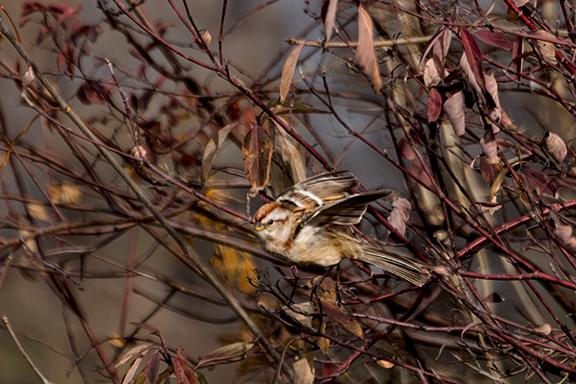
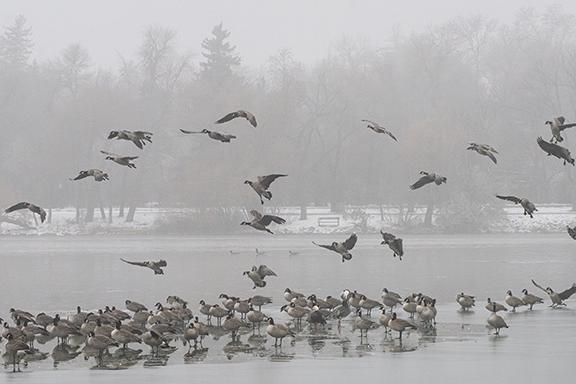
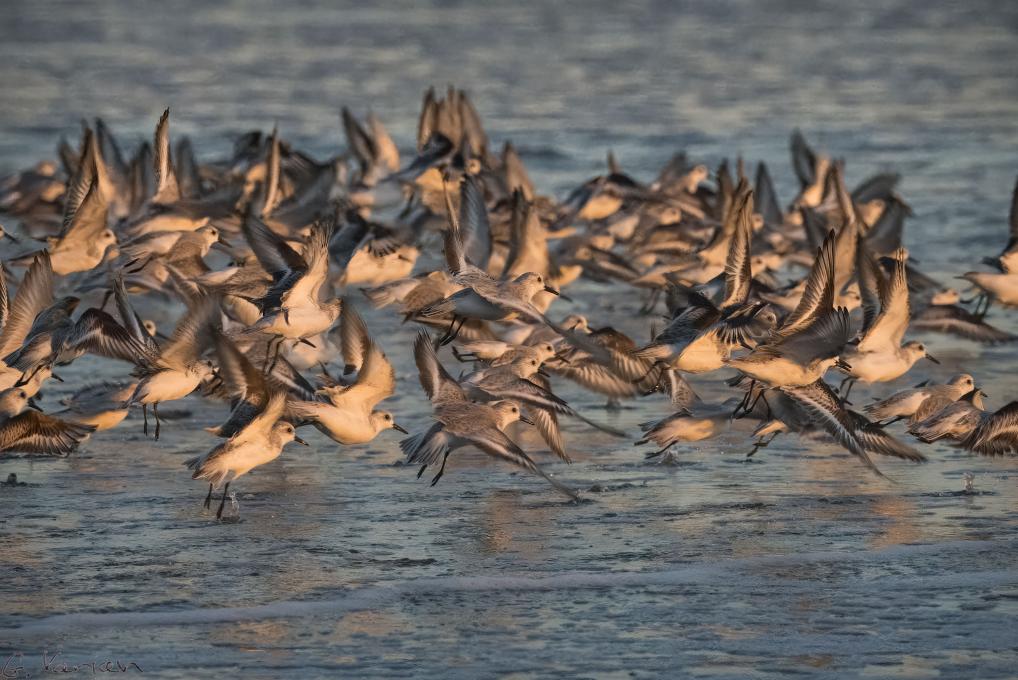
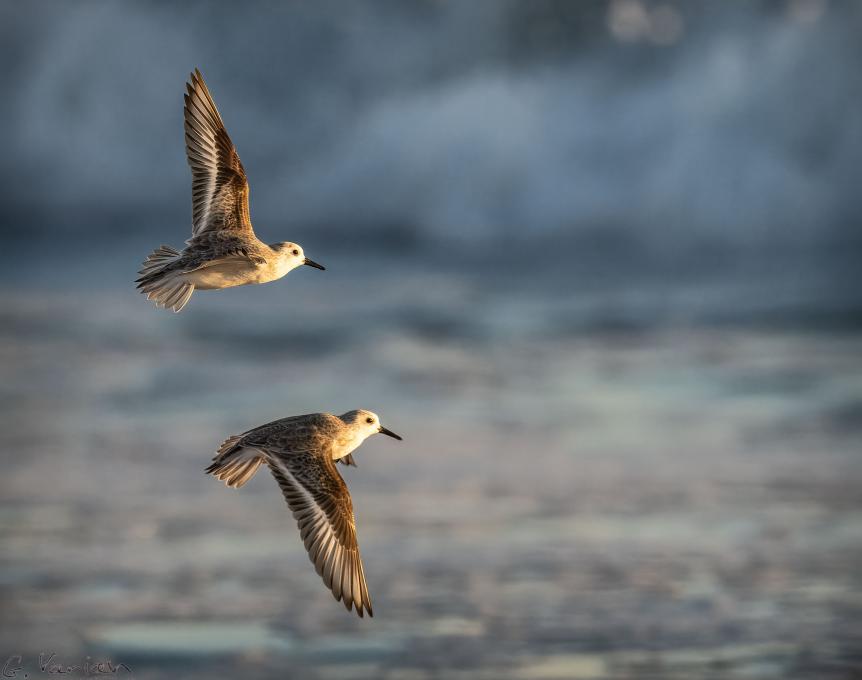
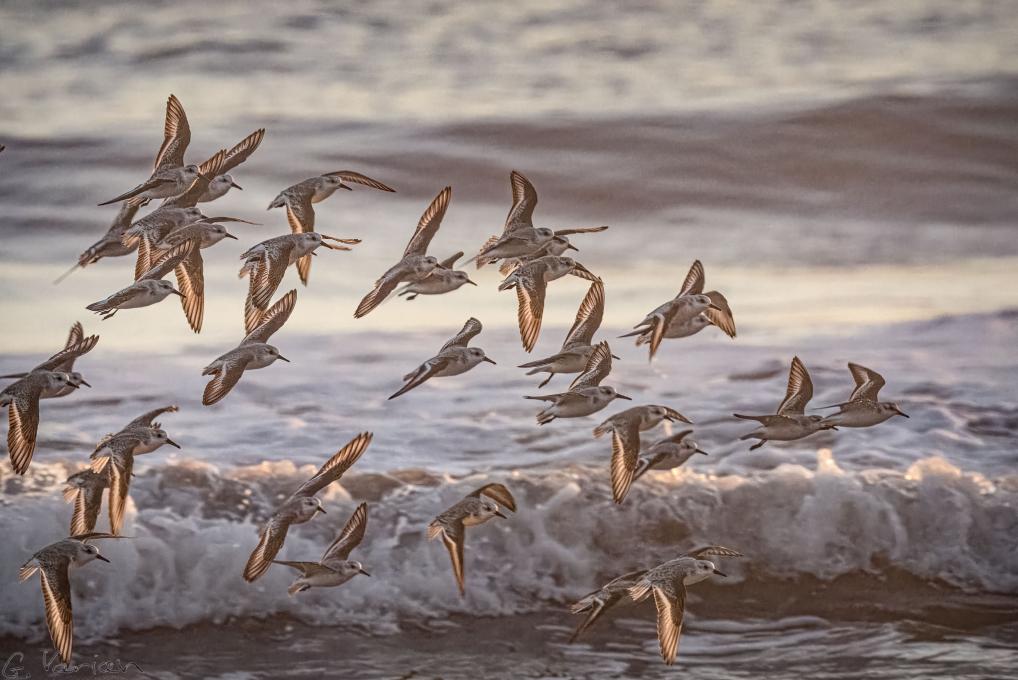
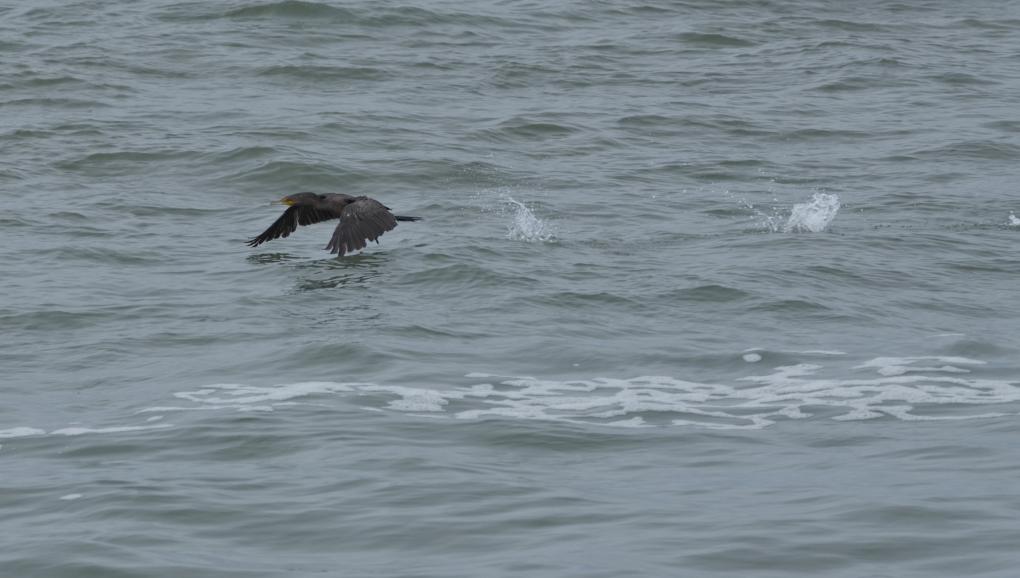
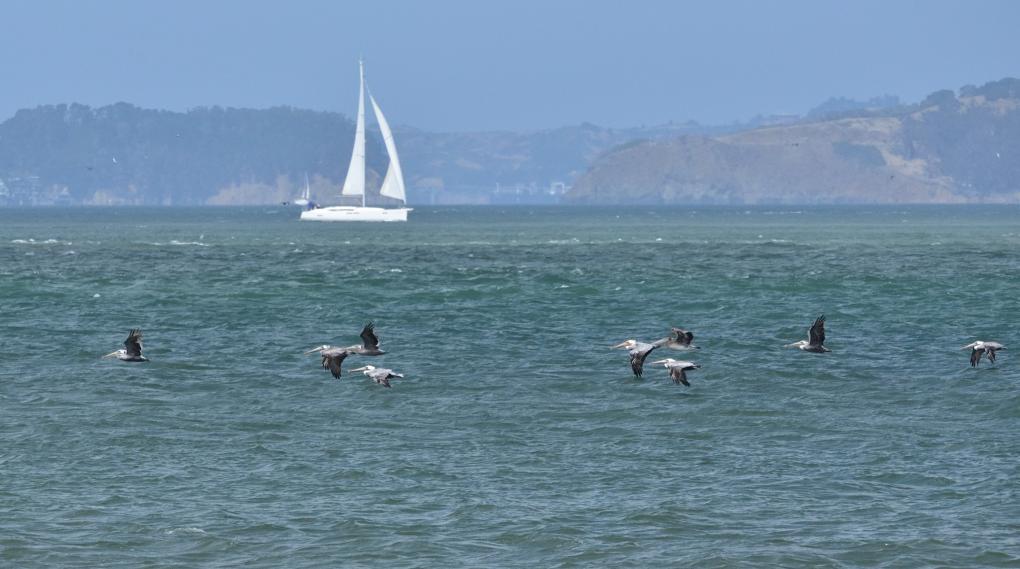
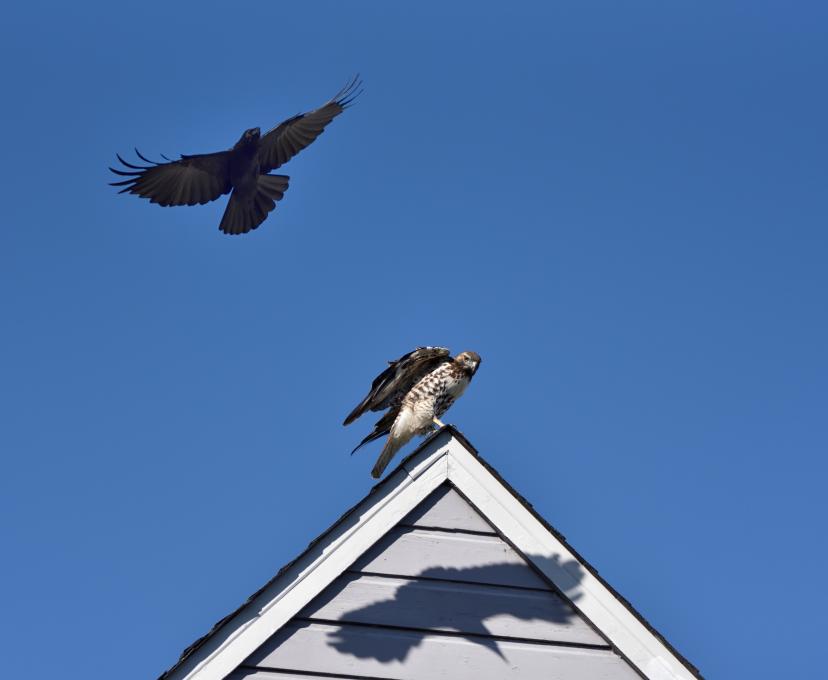
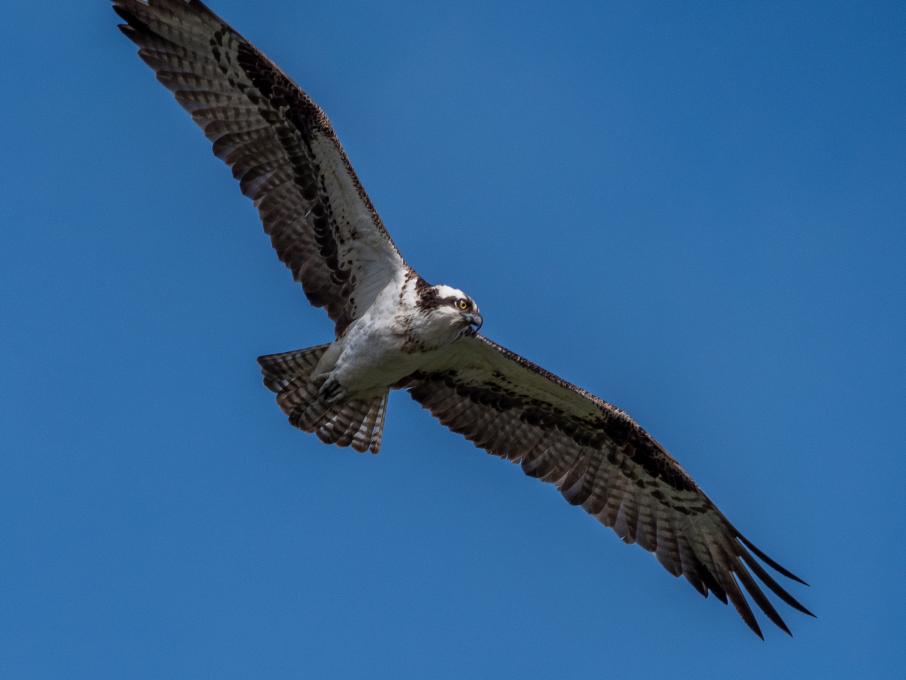

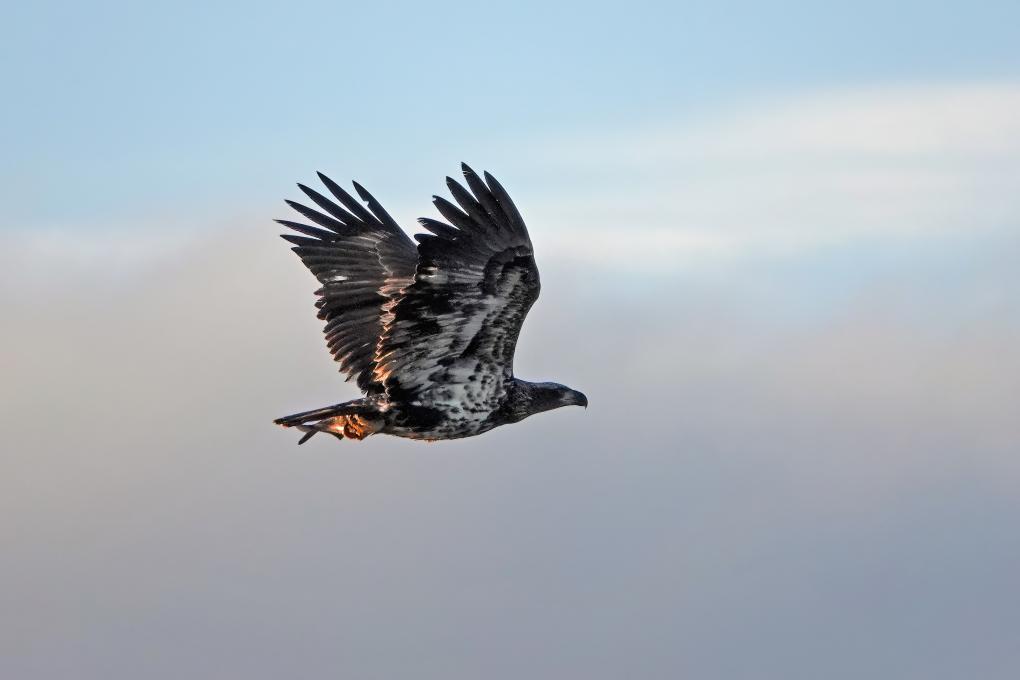
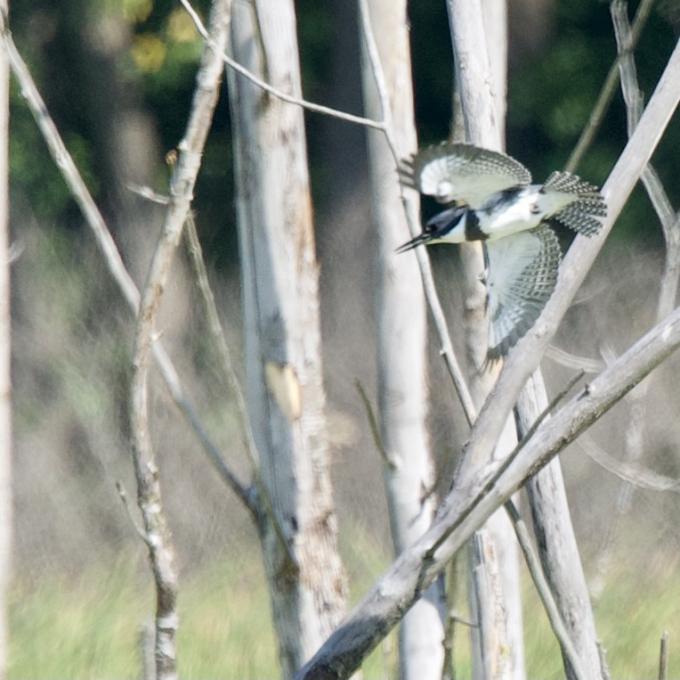
 practicing and practicing.
practicing and practicing. 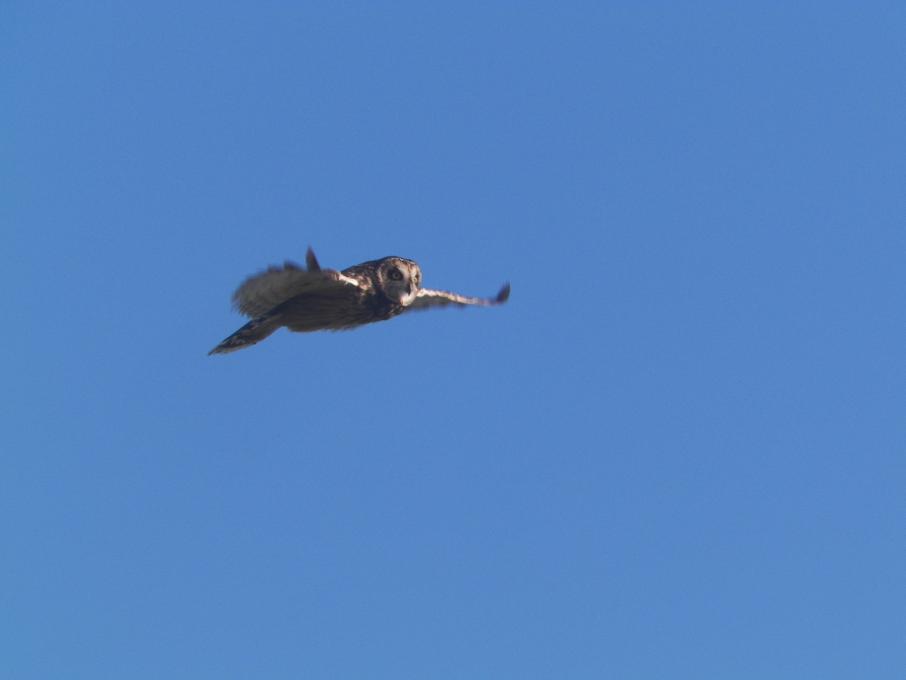

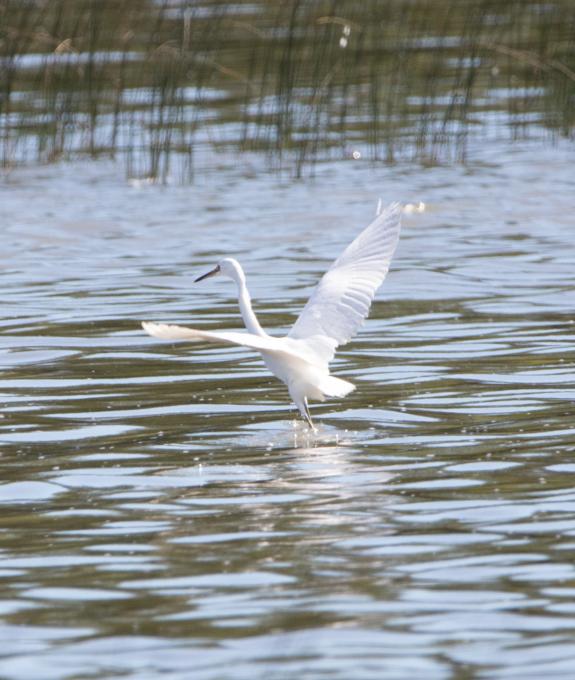
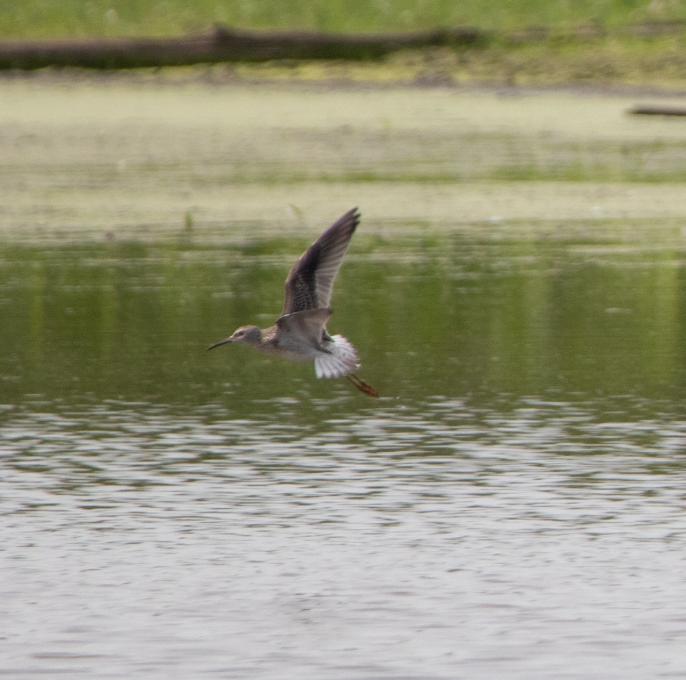
 While unintentional at the time, I really was drawn to how oblivious the grounded pelicans were to their incoming colleague. I also liked the multiple angles that the beaks were displayed as part of preening. This is a cropped version of the broader picture. It was a single exposure actually. Two things I would do differently is 1)to shoot in continuous mode to perhaps get the bill in a slightly less overlap-with-body position and 2)use a slighly smaller aperature to get a greater depth of field so that focus is a bit sharper for more of the bird(s). Shot with a 200-500mm Nikon zoom.
While unintentional at the time, I really was drawn to how oblivious the grounded pelicans were to their incoming colleague. I also liked the multiple angles that the beaks were displayed as part of preening. This is a cropped version of the broader picture. It was a single exposure actually. Two things I would do differently is 1)to shoot in continuous mode to perhaps get the bill in a slightly less overlap-with-body position and 2)use a slighly smaller aperature to get a greater depth of field so that focus is a bit sharper for more of the bird(s). Shot with a 200-500mm Nikon zoom. 
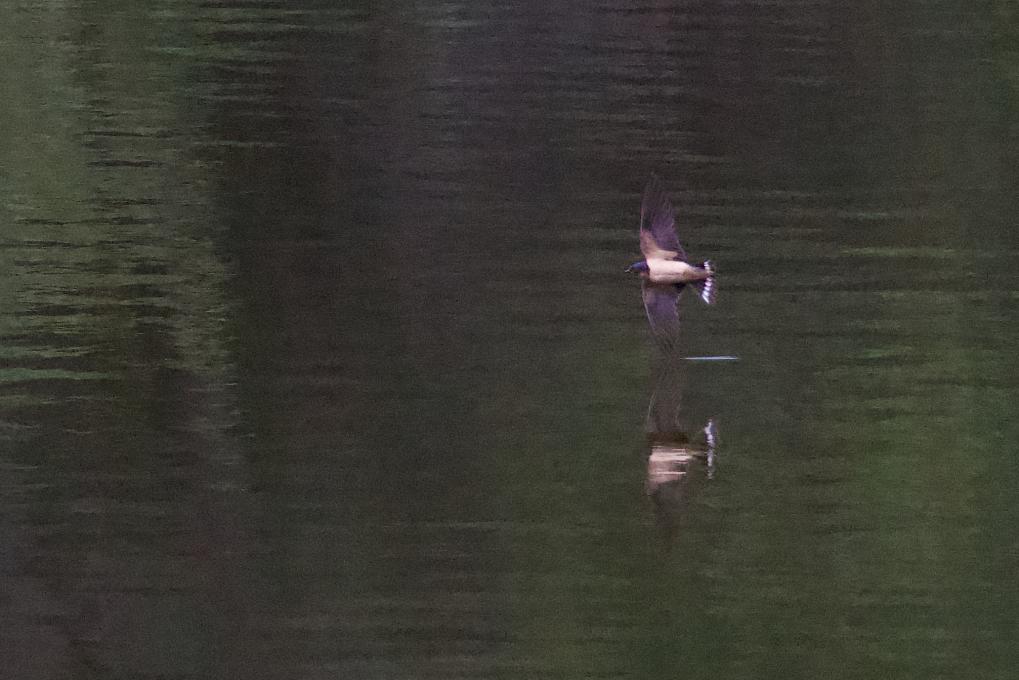
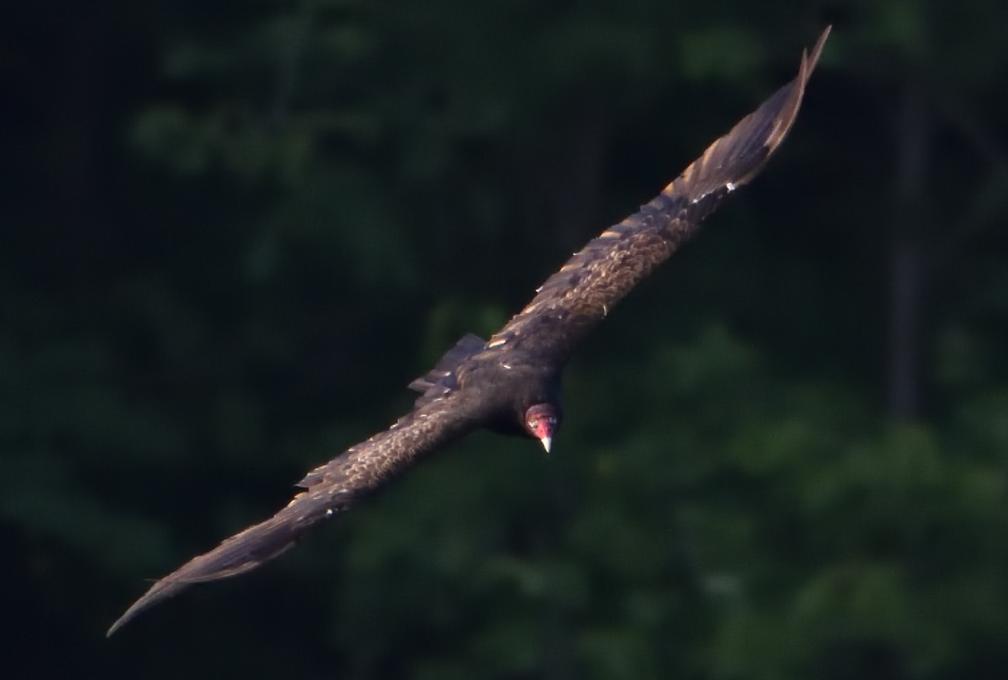
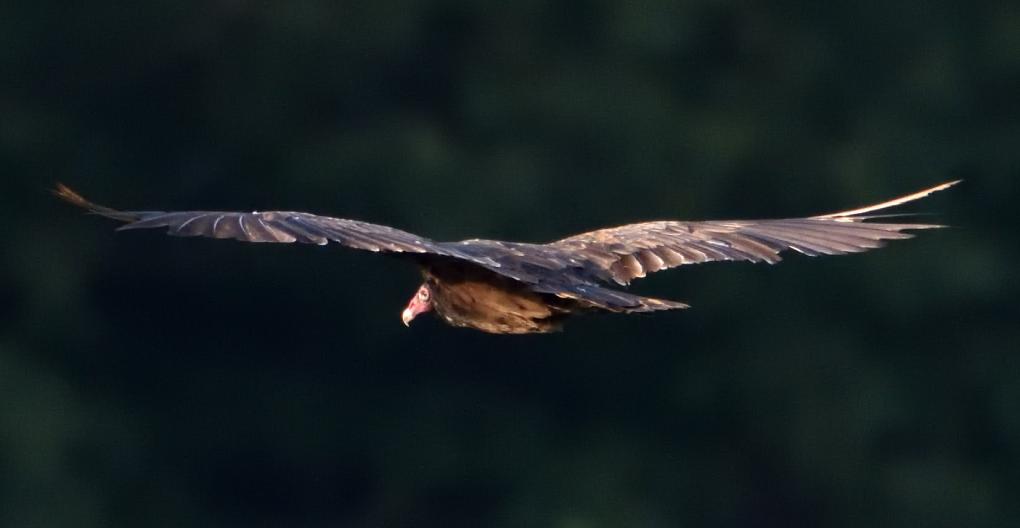 A couple of weeks ago, I visited letchworth state park in NY. Early one morning I went out, and there were a bunch of turkey vultures flying around near the dam. So, I figured, let me practice taking shots of them in flight. Since they glide on the wind most of the time, they are not too difficult to follow with the camera, as opposed to hummingbirds, which I tried capturing in flight yesterday. I think the photos came out pretty good, but could definitely be better. Photographing birds in flight is difficult, since you have to follow them with your camera, and also make sure the settings you want are correct to as you are moving around the landscape.
A couple of weeks ago, I visited letchworth state park in NY. Early one morning I went out, and there were a bunch of turkey vultures flying around near the dam. So, I figured, let me practice taking shots of them in flight. Since they glide on the wind most of the time, they are not too difficult to follow with the camera, as opposed to hummingbirds, which I tried capturing in flight yesterday. I think the photos came out pretty good, but could definitely be better. Photographing birds in flight is difficult, since you have to follow them with your camera, and also make sure the settings you want are correct to as you are moving around the landscape. 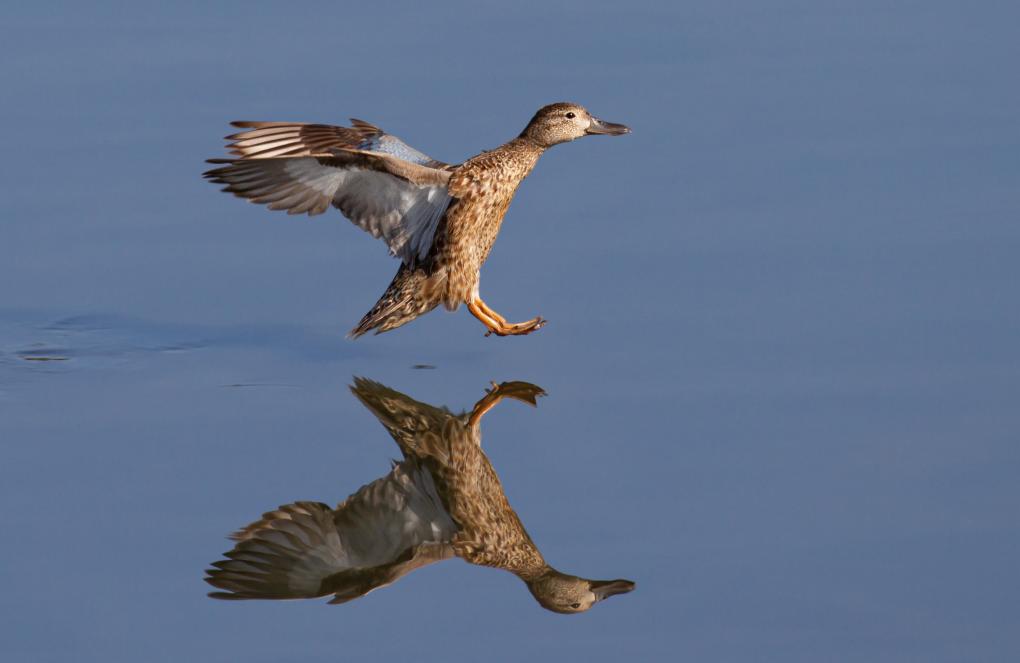 Female Cinnamon Teal coming in for a landing.
Female Cinnamon Teal coming in for a landing. 